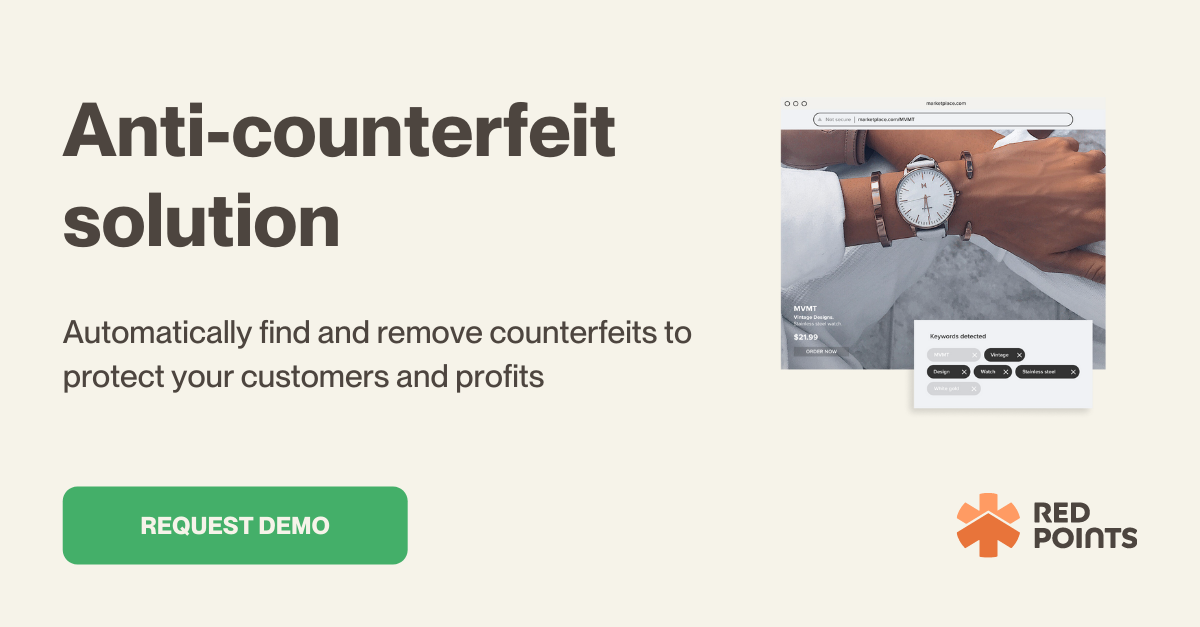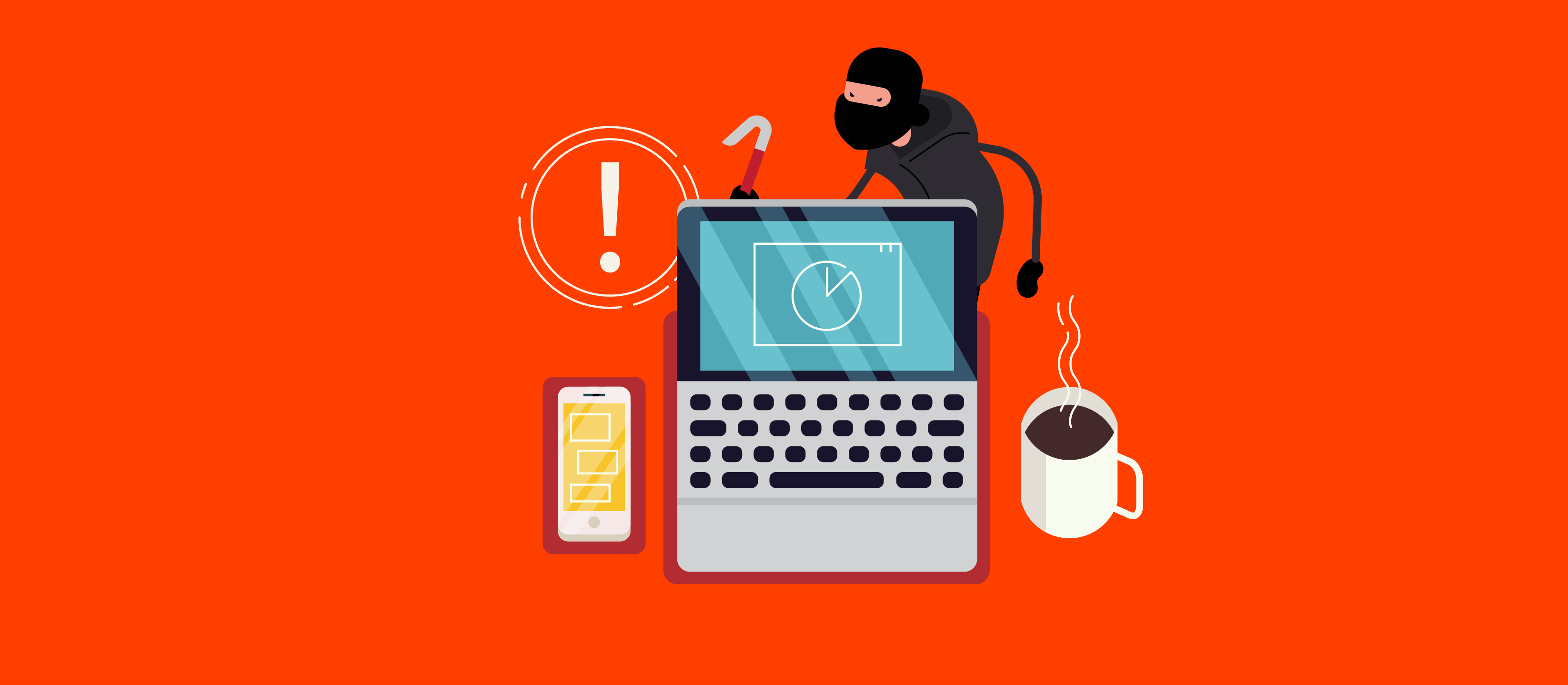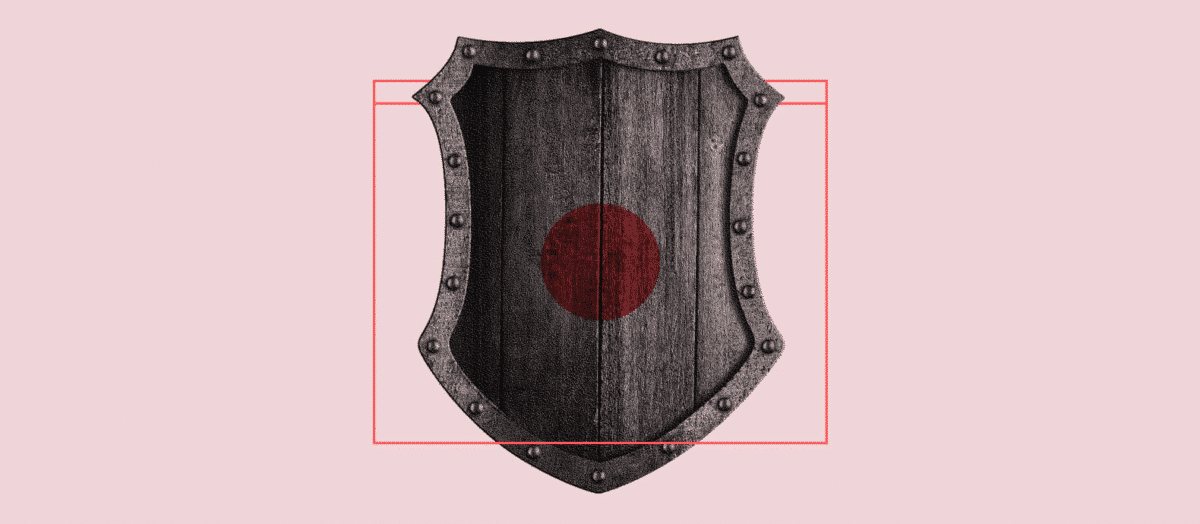NFTs are creating a quickly growing digital market bringing in global brands, creators, and consumers, but what does it all mean for existing brands? NFTs can offer a unique revenue opportunity for businesses, but they can also pose brand protection threats in the form of infringement. If you are a brand owner still questioning what exactly an NFT is and how it can impact your business, this article is for you.
Read on to learn more about NFTs, how to utilize them, and the steps you can take to safeguard your brand within the NFT market.
Summary:
- What is an NFT
- Examples of NFTs
- How to safeguard your brand from fake NFTs
What are NFTs?
NFT stands for non-fungible token, or a piece of digital content whose value and identity is completely one-of-a-kind. An NFT can be any form of digital content, from songs and videos to Tweets, images, digital versions of existing products, and more. NFTs are inimitable because of their unique blockchain used to create them, similar to digital currency like Bitcoin, only NFTs aren’t tradable.
What makes NFTs particularly complicated and difficult to understand is that the content featured in them doesn’t necessarily have to be unique– just the blockchain. In fact, many NFTs are simply images of existing internet content, like Twitter CEO Jack Dorsey’s tweet NFT that sold for $2.9 million.
What further complicates this is that buying and owning an NFT doesn’t grant copyright ownership of the original content. The only thing that belongs to an NFT buyer is the unique blockchain on which that specific digital content lives. The original creator still has complete copyright ownership of the original and can do with it as they wish, unless otherwise specified in the sale.
It’s similar to the difference between buying an original piece of artwork vs. a print of the same work. Like any piece of art, an NFT’s value fluctuates and is determined by the current NFT market, community, and demand. Scarcity is an important factor in successful NFTs, which makes this market especially enticing for luxury brands to take advantage of.
Common Examples of NFTs
As we mentioned above, just about anything can be an NFT if a digital version of it can be created. Creators and brands alike are already taking part in creating NFTs, so what exactly are they selling?
Here are some common examples of NFTs creators and brands are selling:
Digital art
Artists can sell NFT versions of their art just as they would physical prints. Anything from paintings and sketches to sculptures and textiles can be sold as an NFT if they can be digitally replicated. This has proven successful not only for celebrities like Grimes, who has sold millions in NFTs, but also for emerging artists who experience NFT success.
Songs and albums
Songs and entire albums can be sold as NFTs, and noteworthy artists are already taking part. According to Rolling Stones, The Kings of Leon were the first band to sell their album as an NFT back in March of 2021. The band’s NFT came with a front-row ticket for the buyer, following the emerging trend of including unique perks to further increase the NFT’s value.
Memes and web content
The birth of NFTs centers around memes and other web content, which remain popular within the NFT market. One of the most notable examples of this was Nyan Cat, popular back in 2011, which sold for just under $600,000 as an NFT. Brands are jumping on these NFT sales with unique brand graphics and animations, like Gucci’s Ghost NFT.
Digital replicas of physical products
The metaverse is the online world where NFTs live and function, and as the NFT market grows, so does the metaverse. The metaverse offers a new form of online identity, community, and interaction for NFT owners across the globe. Brands are taking advantage of this by selling digital replicas of their physical products for buyers to use for their digital avatars.
Luxury item authentication
Apart from selling their products as digital versions, luxury brands like Cartier and Louis Vuitton are also using NFTs as authentication for their physical products. NFTs not only verify the authenticity of a product, but also track transfers of ownership for the product’s entire life. This helps participating brands combat counterfeit products and provide additional incentive to their buyers.
Are NFTs scams?
NFTs made and sold by the original creator are completely legal, so no, not all NFTs are scams, but that doesn’t mean they don’t happen. Just like any growing digital market, scammers have learned how to defraud consumers and businesses through fraudulent NFT sales. There are various forms of NFT scams to be aware of, but the greatest current risk to businesses are counterfeit NFTs.
2 types of NFT infringements brands should watch out for
While various forms of NFT scams exist, the two biggest problems that brands should prepare for are copyright infringement and brand infringement. Within art collectibles and various brands, it’s likely that there is some crossover between these two types of infringements when your content is stolen.
An NFT copyright infringement is when someone takes an artist’s work and uses it to create and sell an NFT. The artist gets none of the profit if the work sells, and the buyer may not know that they’re purchasing a fraudulent NFT. One of the most well-known examples of this was the worthless fake Banksy NFT which sold for $300,000.
Your brand should watch out for NFT copyright infringements if you sell unique prints, photos, graphics, or other easily-copied digital content. Someone selling your work as their own NFT can steal your revenue and devalue your content.
Brand infringement in the NFT market happens when people create NFTs using brand content without the brand’s permission. This kind of infringement, which steals brand names, logos, product designs and more, is usually considered a trademark infringement. NFTs infringement on your brand are dangerous, as they can steal your revenue, tarnish your brand reputation, and keep you from getting into selling NFTs yourself.
Do NFTs pose threats to brand protection?
NFTs on their own don’t pose an inherent threat to brand protection, but just as in any other marketplace, infringements do. When someone steals your work or impersonates your brand, not only steals revenue and devalues your work, but puts your brand at risk.
There’s no doubt that NFT infringements impact buyers as well as brands. Even if it’s not your fault, a fake NFT using your content or brand could potentially harm your brand reputation. These sellers can behave any way they like and make your brand look bad by conducting themselves in a way your brand wouldn’t support.
NFT infringements could also make it more difficult for you or your brand to break into the market in the future. Even if you aren’t currently selling NFTs, there’s no doubt this is a quickly-growing market that you may want to participate in one day. If someone has impersonated your brand to sell NFTs already, the market may already be used to finding cheap fakes of your brand.
While there’s no cause to panic about possible NFT infringements stealing from your brand, these are important to keep on your radar. Just taking an initial scan through some large NFT sites for your brand is a good way to get familiar with the process.
How to protect your brand in the NFT market
Even if you aren’t currently selling NFTs, it’s still vital that you protect your brand on these marketplaces. Anyone using your brand trademarks and content to sell NFTs is stealing your revenue and blocking you from breaking into the marketplace in the future. Ensure you have a plan in place to safeguard your brand from fake NFTs.
How to protect your brand from NFT infringements:
Keep your customers informed
Like most areas of your business, success in protecting your brand from fake NFTs involves your customers. Keep them informed on your brand’s participation, or lack thereof, in selling NFTs. Make it clear whether or not you sell NFTs, and if you do, where they can find them and how to accurately identify your brand.
Make a plan for future NFT sales
If your brand doesn’t currently sell NFTs, it’s still a good idea to sit down and determine your future business plans involving NFTs. If you think you may want to sell NFTs in the future, it’s even more important to monitor the market. Plan out your future NFT sales goals, research the best marketplaces, and ensure you monitor for infringements that create unfair competition in the market.
Create a portfolio of current NFTs
If you already sell NFTs, it is vital that you have a complete record of your past and current sales, pricing, buyers, and more. This will help you quickly identify fake NFTs impersonating your brand to make sales. Whether you monitor for infringements yourself or rely on an IP enforcement team, this record will speed up the process and aid in brand protection.
Monitor for fake NFTs using your content
Scammers can steal and replicate content from just about any legitimate brand found in-stores and online. This is why your brand should be monitoring popular NFT marketplaces for sellers infringing on your content whether you sell NFTs or not.
Report counterfeit NFTs
If you do find an NFT seller infringing on your content, work to take it down as quickly as possible. Report it to the marketplace it’s being sold on and they should be able to help you take it down. For more in-depth directions on reporting a fake NFT, see below.
How can you report a fake NFT?
NFT marketplaces have a hard time identifying fake NFTs on their own, but you can bring infringements to their attention by reporting fake NFTs. The reporting process on most NFT marketplaces are fairly simple, and generally only take 24 hours for the content to be taken down.
Because there are various NFT marketplaces, the reporting process will be slightly different on every platform. Most use a simple infringement reporting form, like Opensea, which is the platform we will use to explain this process. Once you report the NFT, the site will review your request and take down the content once they confirm infringement has occurred. Make a record after you submit your request, and follow up with the site if the content isn’t quickly taken down.
IP enforcement challenges for brands on NFT marketplaces
Just having a better understanding of the NFT market means you can better protect your brand from NFT scams and infringements. It doesn’t make the threat go away though, and even knowing about the possibility of NFT infringement won’t protect your brand.
The truth is, the only way to ensure your brand is protected from fake NFTs is to have a close monitor across all NFT marketplaces. As the NFT market grows and more creators take part every day, monitoring becomes more difficult. This is a huge, time-consuming undertaking that even a full IP enforcement team may not be able to accomplish on their own.
When it comes to protecting your brand from fake NFTs, you likely don’t have the time or expertise required to properly monitor for these threats. Luckily, brand protection software like Red Points can help. With sophisticated technology that constantly monitors for NFT infringements and automatically submits takedown requests, safeguarding your brands from Fake NFTs can be a reality.
What’s next
While there is still a lot we don’t know about the world of NFTs, it’s a growing market brands should keep an eye on. Approaching NFTs from a preemptive standpoint will allow you to ensure your brand is protected from infringement. Create your NFT strategy now, before you enter the market and find that scammers have cornered the market on your brand.
To further safeguard your business, see how you can protect your brand and keep your customers safe with Red Points.








